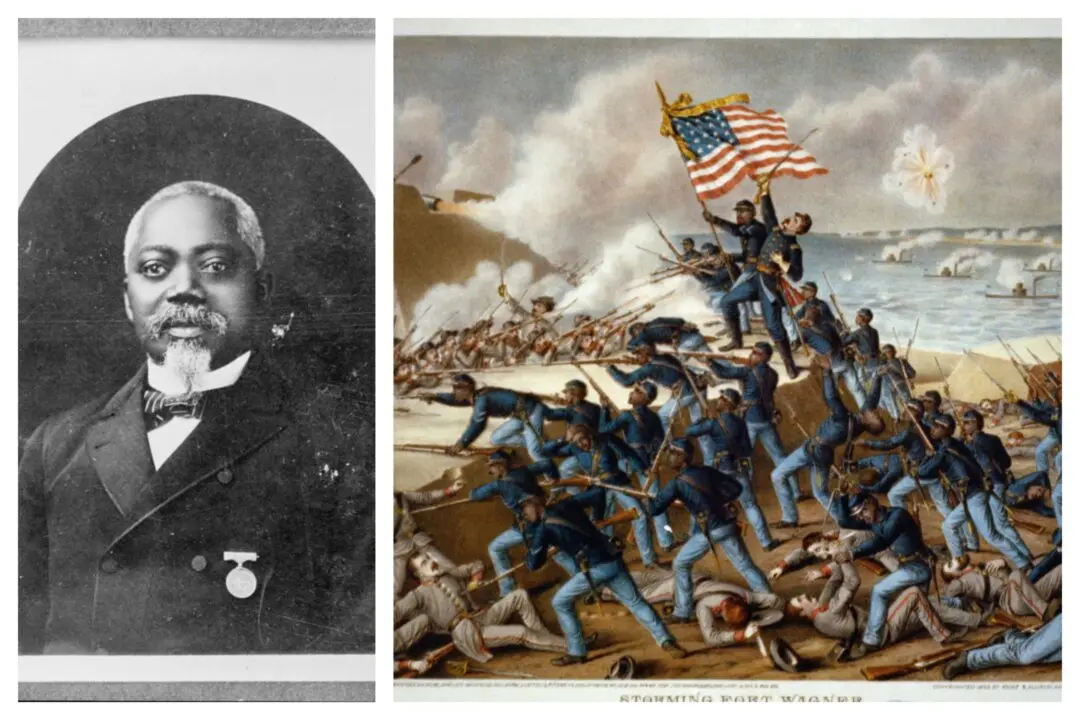Inside the stunningly ornate Biltmore Hotel in New York City sat Secretary of State Robert Lansing and Danish Chargé d’Affaires Constantin Brun. The purpose of this Aug. 4, 1916 meeting was to sign a treaty “providing for the cession to the United States of all territory asserted or claimed by Denmark in the West Indies, including the islands of St. Thomas, St. John and St. Croix, together with the adjacent islands and rocks.” Signing the treaty felt more like a formality than a conclusion of negotiations. The two nations had been at this stage several times before with nothing to show for their efforts.
Denmark had long possessed these Caribbean islands, having colonized St. Thomas, St. John, and St. Croix in 1671, 1718, and 1733, respectively. As Danish historian Hans Christian Bjerg claims, by the 19th century, “the three islands had become an economic burden instead of a profitable possession.”






